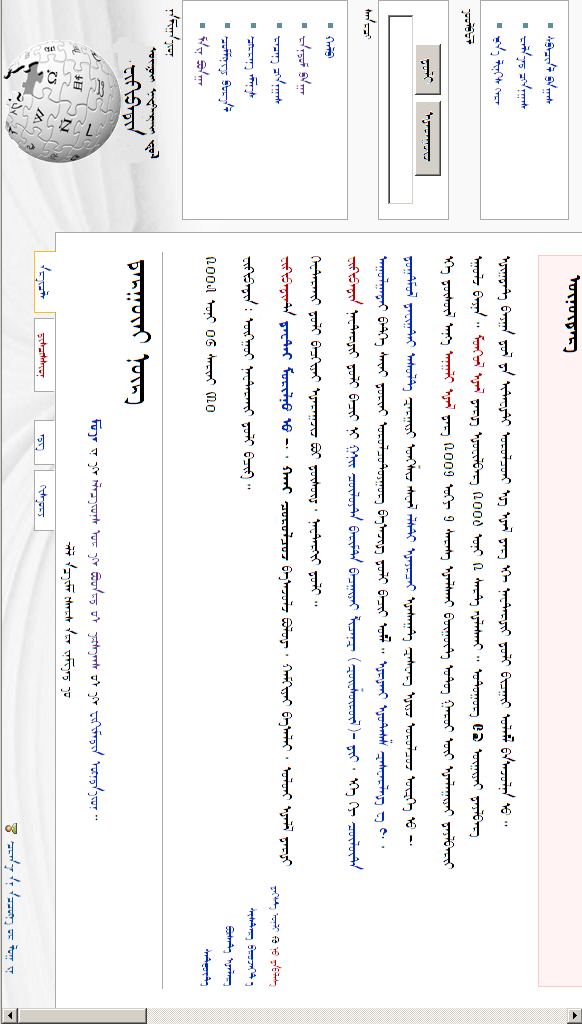As I groused at Brian Collins in his answer: it’s always political.
Scripts are bound to identity, and the major vehicle of identity in our age is the nation-state. So scripts that are tied up with the nation-state as emblematic—say, Greek or Thai—aren’t going away in a hurry.
Minority scripts in a country have been under clear threat, and will remain so. The scripts of India, though, are safe under federalism.
The obvious area where there will be movement are multi-nation scripts; they have been driven by ideology in the past, but that ideology might not be supported as strongly by the nation-state: they can come to be regarded as alien.
The only area I can see this playing out is where it has already been playing out: Cyrillic in the sphere of influence of the former Soviet Union. Cyrillic is already out in Moldova—and not coincidentally, is still mandatory in Transnistria. Cyrillic is obsolete, optional, or contentious in the independent -istans; but the Russian Federation is making sure it’s not going anywhere within Tatarstan.
Of course, the Roman script in the -istans isn’t the vehicle of Westernisation and modernisation: I think that imperative is no longer in play, though it clearly was a century ago. For the Turkic languages, the imperative is pan-Turkism.
Mongolia is the other country to keep a watch on: Mongolian Cyrillic alphabet. I said to Brian that technology isn’t an issue, but Mongolian script does introduce vertical writing, which is awkward, and it hasn’t been in much use anywhere for close to a century. Not that well supported on the internets either: the following preview of the Mongolian script wikipedia is apparently faked.

So Mongolian script is handicapped. I would not be astonished if Mongolian Cyrillic goes away, but the -istans come first.